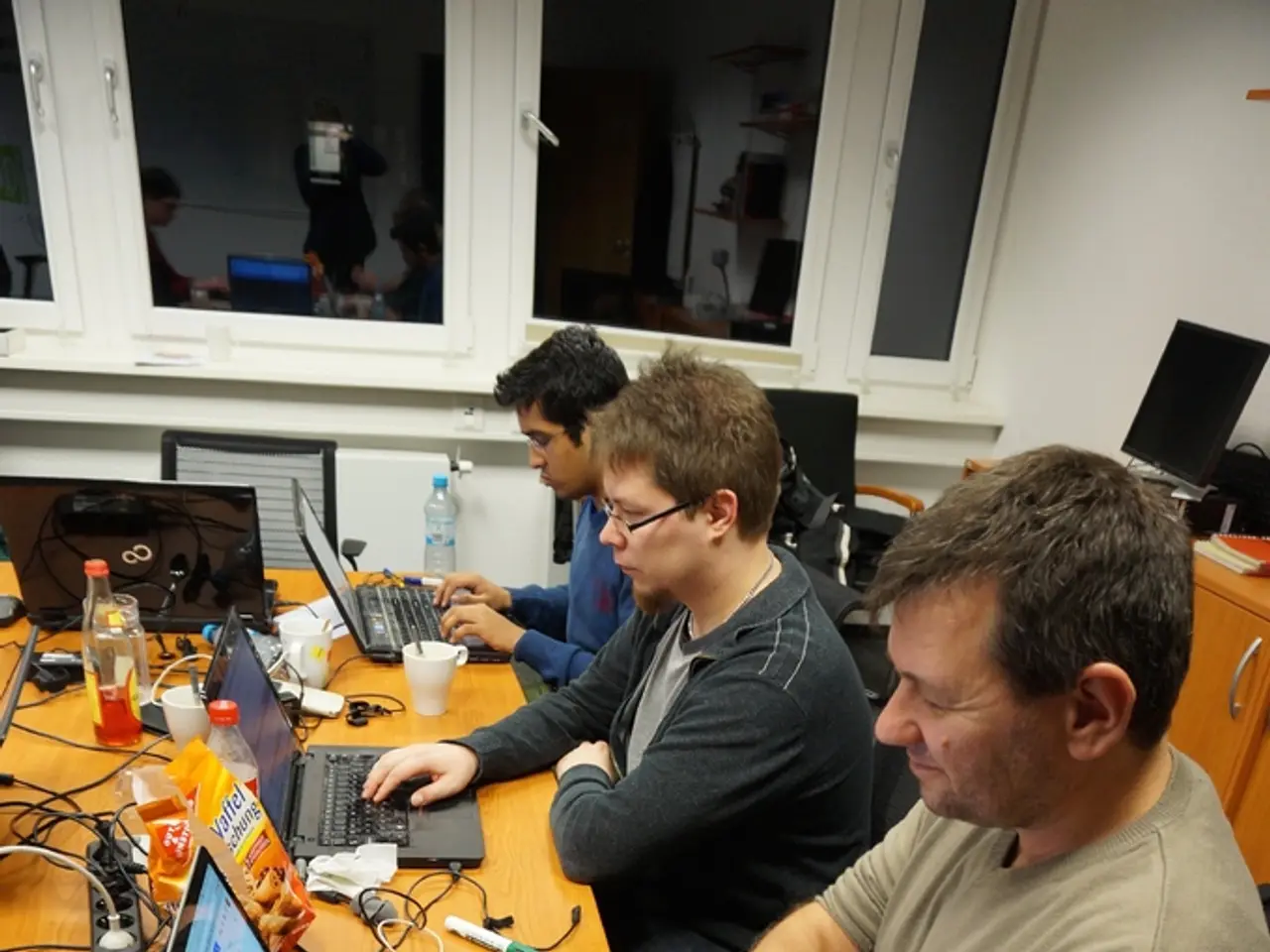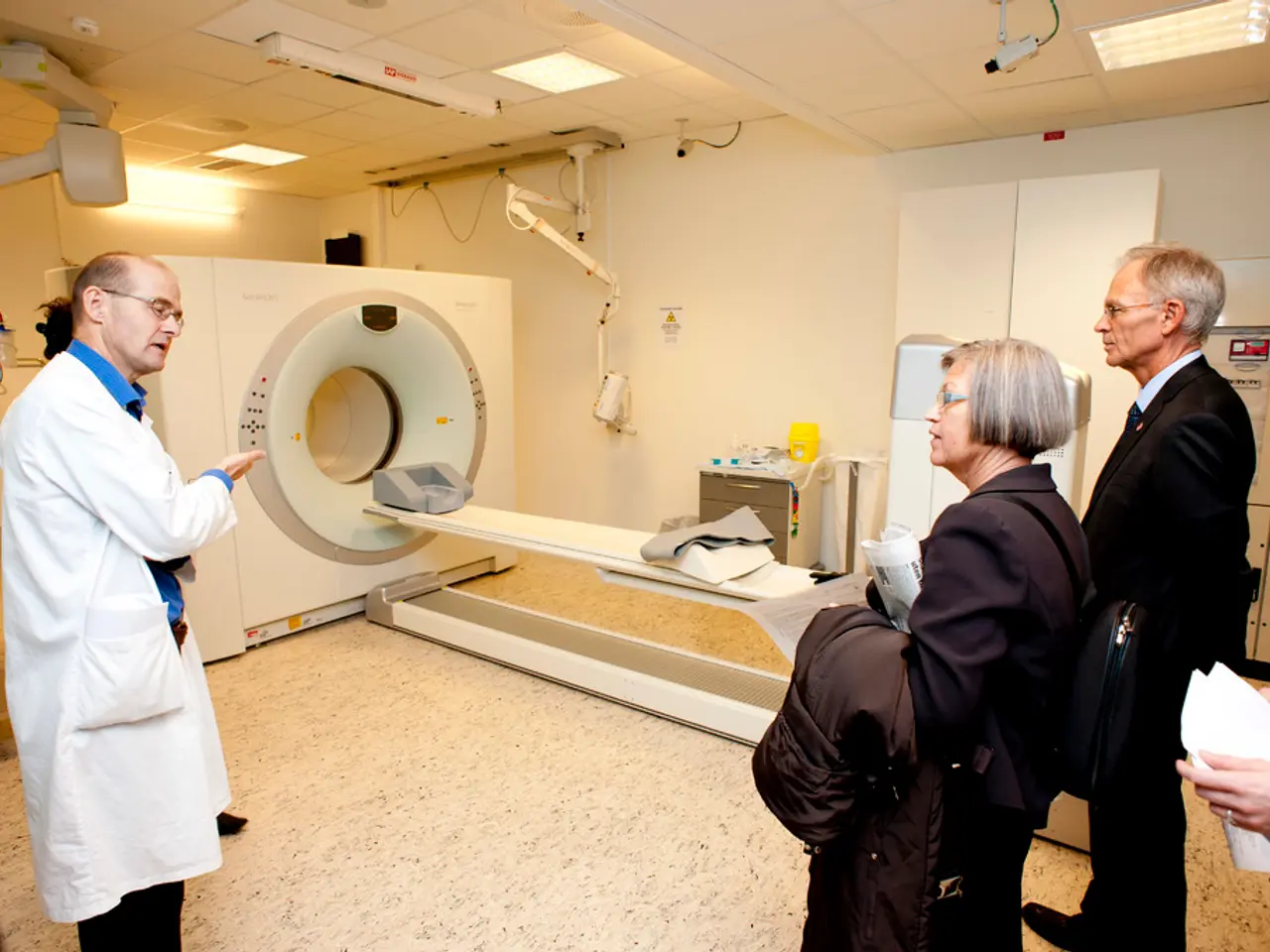Workplace Presence (or Presenteeism): A Detail You Need to Focus On
In today's fast-paced work environment, presenteeism - the act of being present at work without being fully productive - has become a growing concern for many employers. This article explores the causes, symptoms, and solutions for presenteeism, offering insights for creating a healthier and more productive workplace.
Presenteeism is often caused by a variety of factors, including physical health issues, mental health challenges, work culture and pressure, and financial concerns. Employees might come to work despite feeling unwell due to the fear of losing pay or job security, or they may continue working despite stress, anxiety, or depression. Excessive workloads, lack of support, and fear of being seen as uncommitted can also contribute to presenteeism.
Symptoms of presenteeism include reduced productivity, increased errors, and prolonged health issues. Employees may struggle to complete tasks efficiently or make more mistakes due to their condition, leading to a decline in the quality of work. Continuously working while unwell can exacerbate health problems, leading to longer recovery times and more severe health consequences.
To address presenteeism effectively, employers should consider several strategies. Firstly, fostering a supportive work environment is crucial. Encouraging open communication and providing mental health support helps employees feel valued and supported. Implementing flexible work options can also improve work-life balance.
Secondly, developing clear policies is essential. Creating and enforcing a clear attendance policy that allows employees to take necessary time off without fear of reprisal is important. Offering paid sick leave ensures employees can recover without financial stress.
Thirdly, promoting health and wellness is key. Providing access to health resources and wellness programs supports both physical and mental health. Encouraging employees to prioritize their health and well-being is also important.
Lastly, monitoring and addressing absences promptly is necessary. Tracking absences fairly and addressing them promptly prevents misunderstandings and ensures support when needed. Implementing consequences for excessive absences while ensuring support for genuine health issues is also important.
Offering flexible work arrangements can help employees save time, stay productive, and reach company goals. Encouraging employees to take vacations can help relieve stress and prevent presenteeism. Maintaining a standard of productivity is important to avoid presenteeism and burnout.
In conclusion, addressing presenteeism requires a keen eye, proactive leadership, and open communication. Education and prevention are key in reducing presenteeism, with employers engaging their team in discussions about its impact and fostering an environment where employees feel safe to communicate their struggles and seek support. By implementing these strategies, employers can significantly reduce presenteeism and improve overall workplace productivity and employee well-being.
Leadership and collaboration are essential in reducing presenteeism, as fostering a supportive work environment encourages open communication and mental health support among employees, promoting a healthier and more productive workplace. Implementing flexible work options and clear attendance policies, offering paid sick leave, and providing access to health resources and wellness programs all contribute to improving employee health and well-being, thereby reducing presenteeism. Monitoring and addressing absences promptly and fairly can prevent misunderstandings and ensure support when needed, demonstrating the employer's commitment to the health and wellness of its workforce. Lastly, accommodation for vacations and maintaining a standard of productivity that encourages work-life balance will help employees remain productive while avoiding burnout. Education, prevention, and continuous dialogue about the impact of presenteeism on productivity and employee well-being are crucial to achieving a healthier, more productive workplace as a whole.




